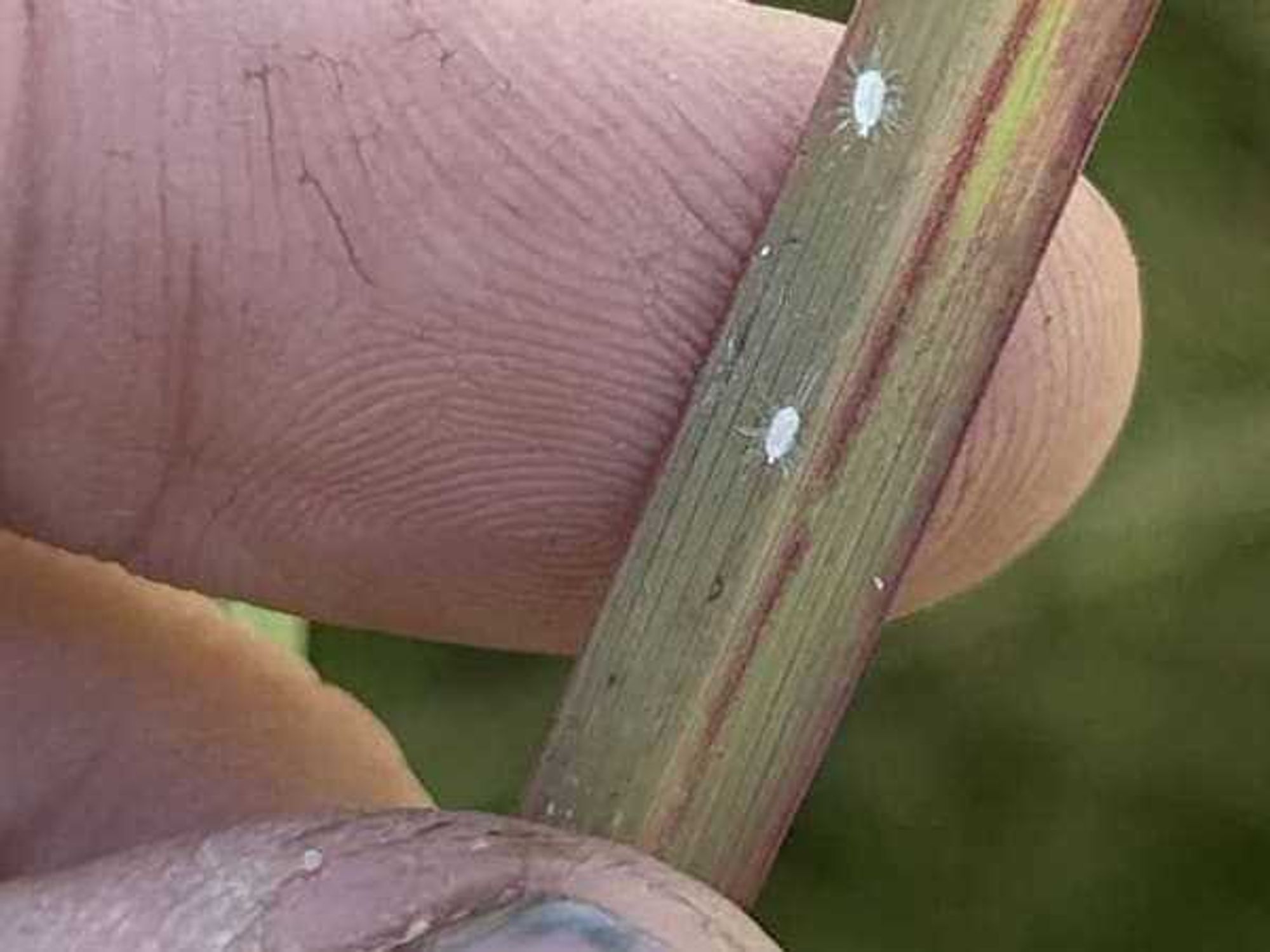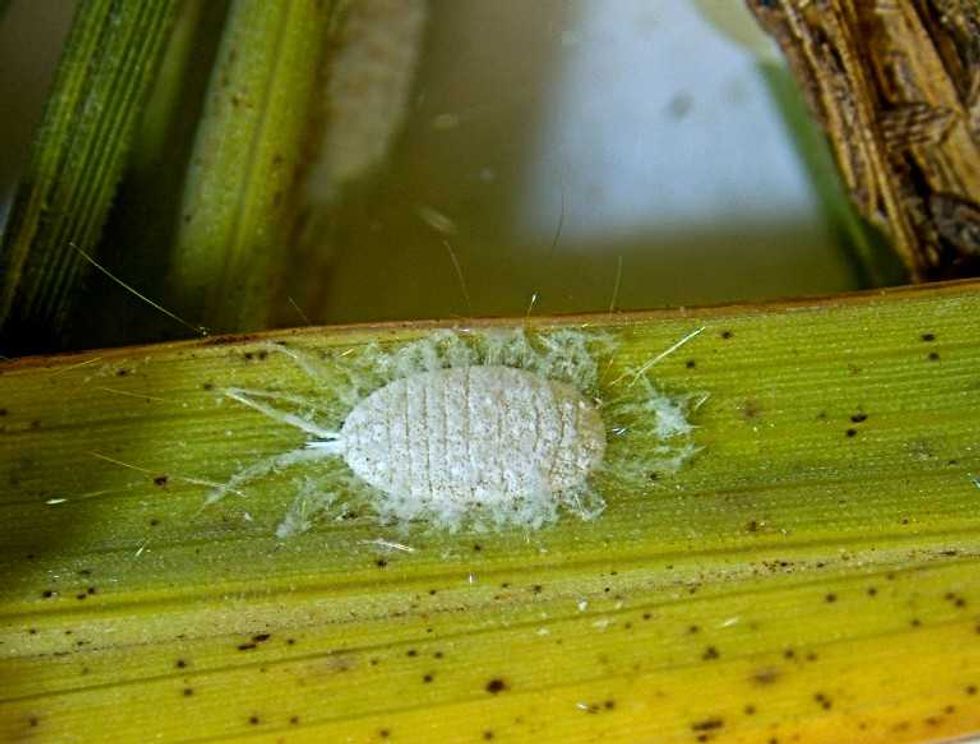Bird News
Herons nesting at Casa View home come with just one teeny tiny problem

Editor's note: This is the third installment in a series about yellow-crowned night herons by Marc Lee, a resident of the Casa View neighborhood of Dallas.
All spring, I've been watching a pair of yellow-crowned night herons hatch and raise a pair of chicks in my live oak trees.
With their majestic wingspan, long spindly legs, and punky crown of pale yellow feathers, these bold and beautiful birds have served as a welcome reminder that, despite my residence in the populated, suburban neighborhood of Casa View, nature is right outside my front door.
They also make an unholy mess.
Let's start with their food. Herons favor seafood. When they live on the coast, they hunt crabs, crayfish, and other crustaceans.
But Dallas is land-locked. No crustaceans here, right?
Actually, there's a species called prairie crayfish. This cousin to the crawfish we eat at Cajun restaurants lives in boggy areas in fields or alongside streams, burrowing up to six feet underground. They emerge at night to mate or feed, and when the sun sets, the herons alight to feed on them.
My birds have found a source, maybe by White Rock Lake, and with baby chick mouths to feed, they've been making crawfish runs all day long.
The result: piles of dead crayfish. On my driveway, on the sidewalk, on the street. It looks like someone had a massive crawfish feast in my front yard. All that's missing are the boiled potatoes and ears of corn.
Weirdly, some of the crawfish corpses seem to be intact, and I wonder why the birds aren't eating them.
"Those are probably just extra crawfish on the ground," says Gailon Brehm, regional director of the Texas Ornithological Society. "The adults bring all the food they can back to the chicks."
The stack of crayfish carcasses grow bigger and more fragrant every day. Unlike the bright red boiled crawfish we eat, these prairie crayfish are a deeper brick red, sometimes almost black. They're a similar length — two to three inches — but have a broader chest and short, robust claws.
There's more. Interspersed with the crayfish are copious amounts of bird vomit. To feed the chicks, herons empty their stomach contents into the nest, which is what the babies eat. Some of it hits the twigs and some of it hits the ground, adding an aroma of decaying vegetation to the already delightful odor of rotting seafood.
Bird problem No. 2: the poo. Clumpy white streaks dot the leaves beneath the nest. The truck I park at the curb looks like it's covered in clam chowder. No matter where I park, it is a target. I'm also careful when walking underneath the trees in the yard, always ready to duck and cover.
A nearby neighbor, Karen Davis, has had it worse. At times, up to five nesting pairs and their chicks have lived on her property. "I have two nesting pair currently," she says. "Two I can handle, but five is insane."
Her silver Honda Accord took a beating while she tried to figure out how to get rid of the birds. "I tried releasing mylar balloons, I tried using an airhorn," she says. "Nothing fazes them. I don’t want them hurt. I just want fewer of them."
Davis says that at least one nesting pair has taking up residence at her house every year since 2012. But she enjoys them, despite the poo and crayfish. She shares photo after photo of the birds, which also entertain her house cat who watches them through the window.
Across their range, yellow-crowned night herons are often in conflict with humans because they choose to live in densely populated areas and build their nests above automobiles, boats, and rooftops. People are one of the bird's few predators, along with hawks and owls.
But the mess and the smell won't last forever, and the chicks are growing quickly. Once they can fly, they'll find food on their own — and do their business in someone else's front yard.

 MealybugTAMU
MealybugTAMU